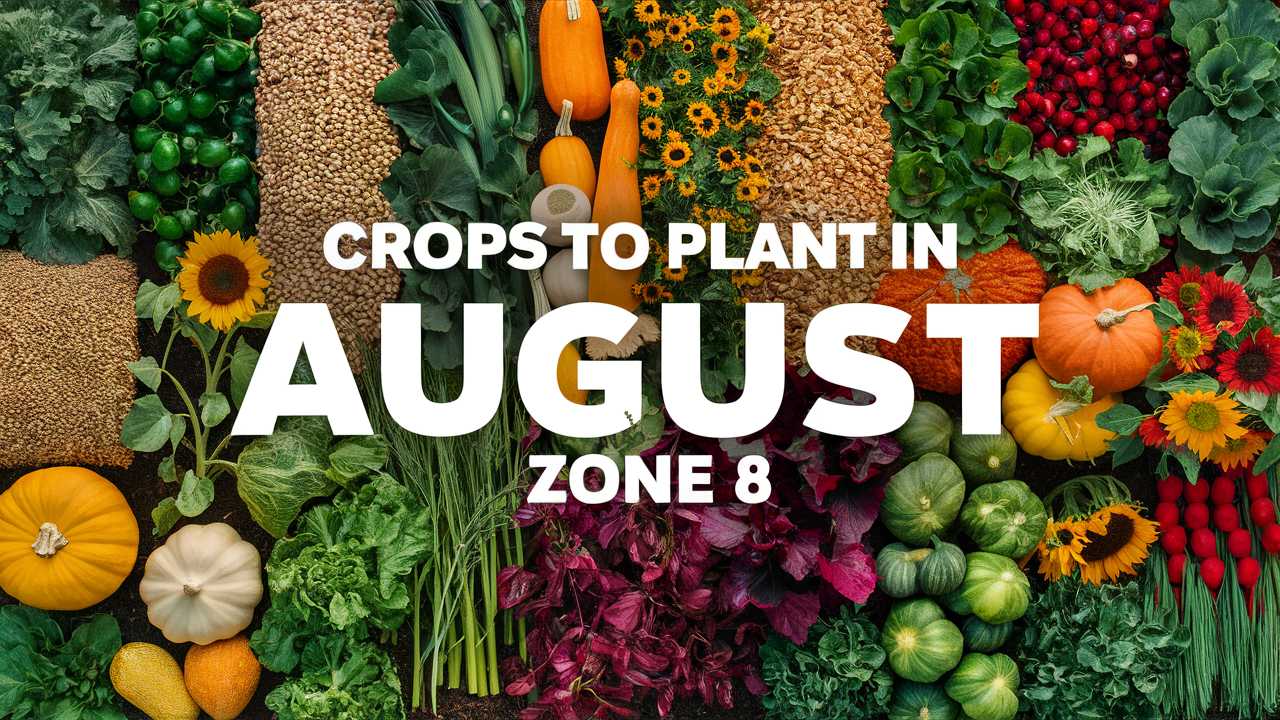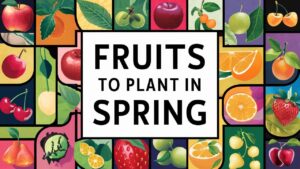In this guide, we will explore vegetables, herbs, and cover crops that can be planted in August in Zone 8, ensuring your garden thrives well into the fall season.
Vegetables To Plant
Tomato (Solanum lycopersicum)
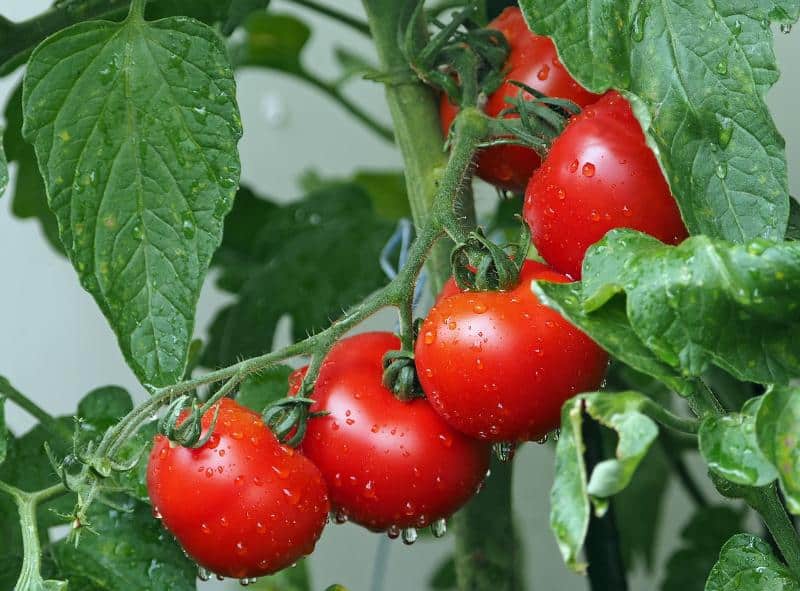
Tomatoes are a staple in many gardens, and in Zone 8, you can take advantage of late summer by planting fast-maturing varieties. Look for determinate types that yield fruit quickly. Ideal temperatures for planting tomatoes range from 70°F to 85°F. As August temperatures begin to cool slightly, it’s an excellent time to plant varieties like ‘Sun Gold’ or ‘Early Girl,’ which mature in about 55-70 days. Make sure to provide support with cages or stakes, as these plants will require structure to support their growing fruit.
Spinach (Spinacia oleracea)
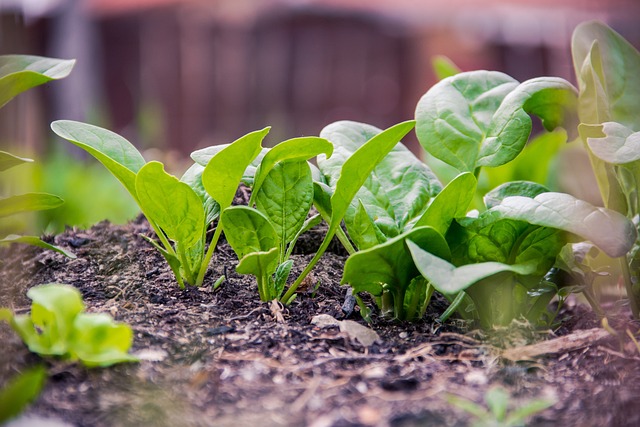
Spinach is a cold-hardy green that can be sown in August, especially as the temperatures begin to dip. Ideal soil temperatures for spinach germination hover around 50°F to 75°F. In Zone 8, you can direct-seed spinach as late as mid-August—be mindful to provide some shade to help establish seedlings quickly. This leafy green thrives with consistent moisture and can be harvested in about 40-50 days. It’s rich in iron and vitamins, making it a nutritious addition to your diet.
Fall Squash (Cucurbita pepo)
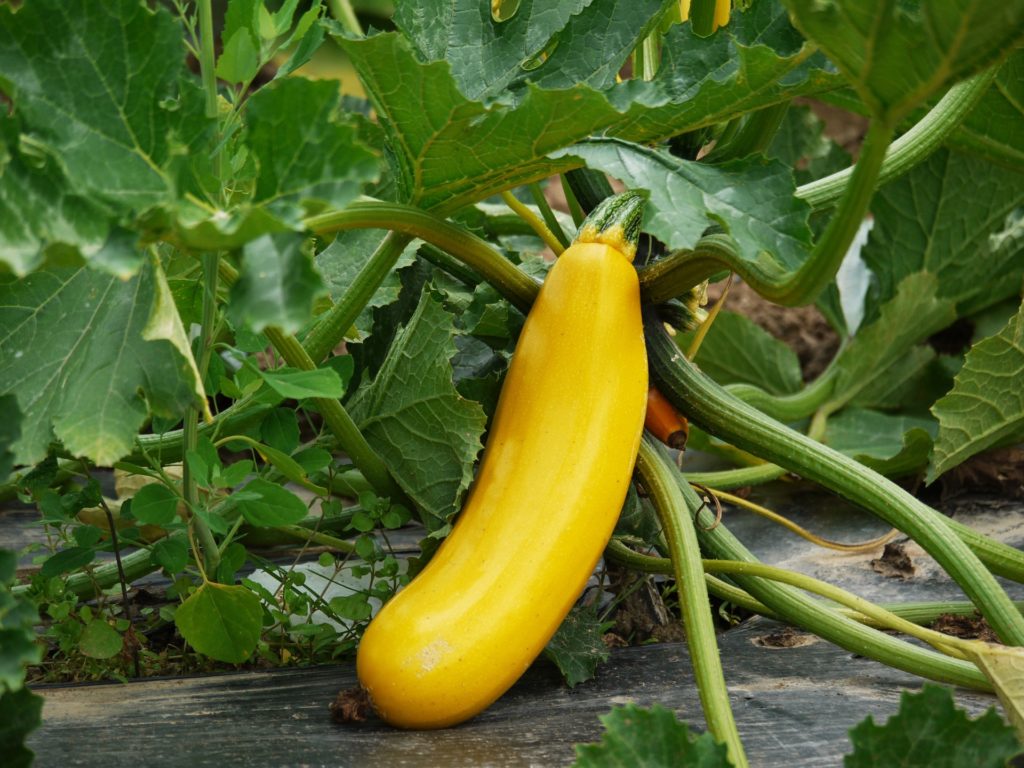
August is also a suitable time to plant fall squash varieties. Summer squash like zucchini thrives in the warmth but can be sown in August for an autumn harvest. Aim for varieties that mature quickly, generally in around 60-70 days. Zones 8 gardeners should sow seeds directly into the soil during early August when soil temperatures remain warm. As fall approaches, harvest the squash while still tender for the best flavor. Ensure they have adequate space to spread out to avoid overcrowding.
Radishes (Raphanus sativus)
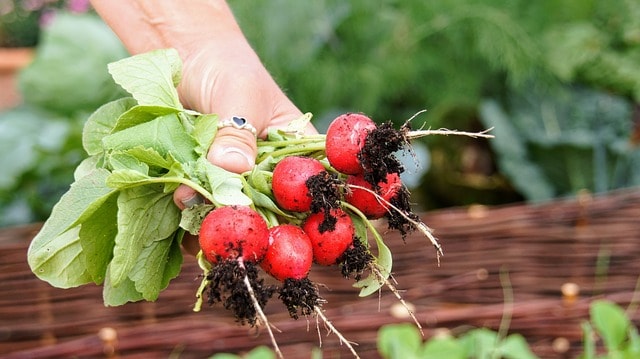
Radishes grow quickly and can be sown in August, often taking just 25-30 days to reach maturity. This root vegetable prefers cooler weather conducive to crisp, peppery flavors. You can plant them mid-August, taking advantage of the warm soil to germinate seeds quickly, while cooler temperatures encourage size and flavor. Varieties like ‘French Breakfast’ and ‘Cherry Belle’ do particularly well and can be harvested in no time, providing a refreshing crunch in summer salads.
Kale (Brassica oleracea var. sabellica)
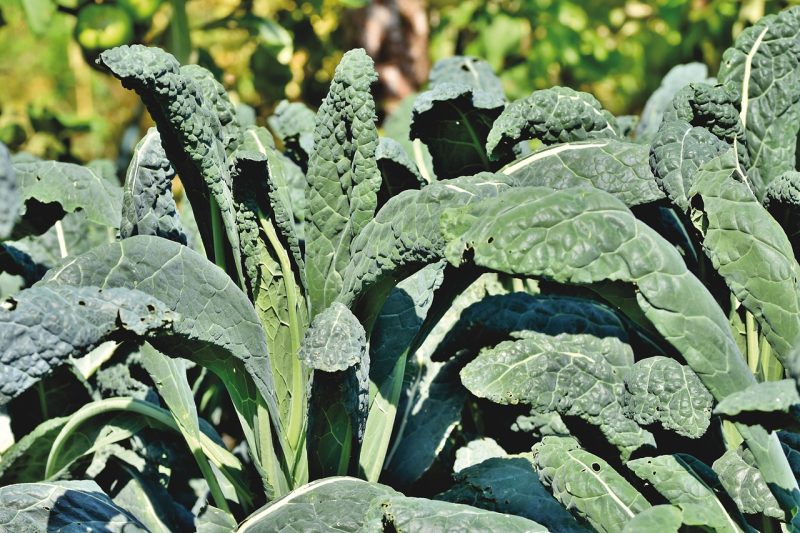
Kale is another excellent choice for planting in August, as it tolerates cool temperatures and improves in flavor after frost. Plant seeds by mid-August for a fall harvest, allowing them to develop before the first frost. Kale thrives in temperatures between 60°F and 70°F, making late summer ideal. You can expect to harvest baby leaves within 30 days, or allow them to mature for larger heads. This leafy vegetable is not only dense in nutrition but also easy to incorporate into various dishes.
Beets (Beta vulgaris)
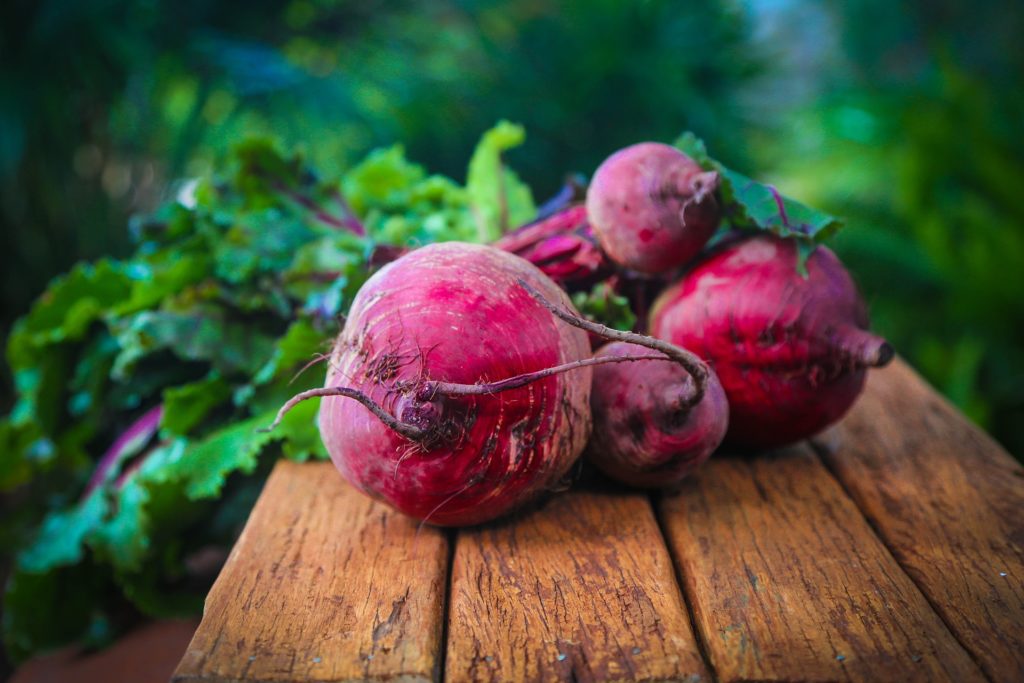
Beets are resilient root vegetables that can be planted in late summer. They prefer cooler temperatures for optimal growth and can be sown directly in the garden around mid-August. The best soil temperature for beets is around 50°F to 85°F. Baby beets can be harvested as early as 50 days after planting, while larger specimens take closer to 60-75 days. Be sure to thin seedlings adequately to allow for proper bulb development and supports a healthy harvest.
Broccoli (Brassica oleracea var. italica)
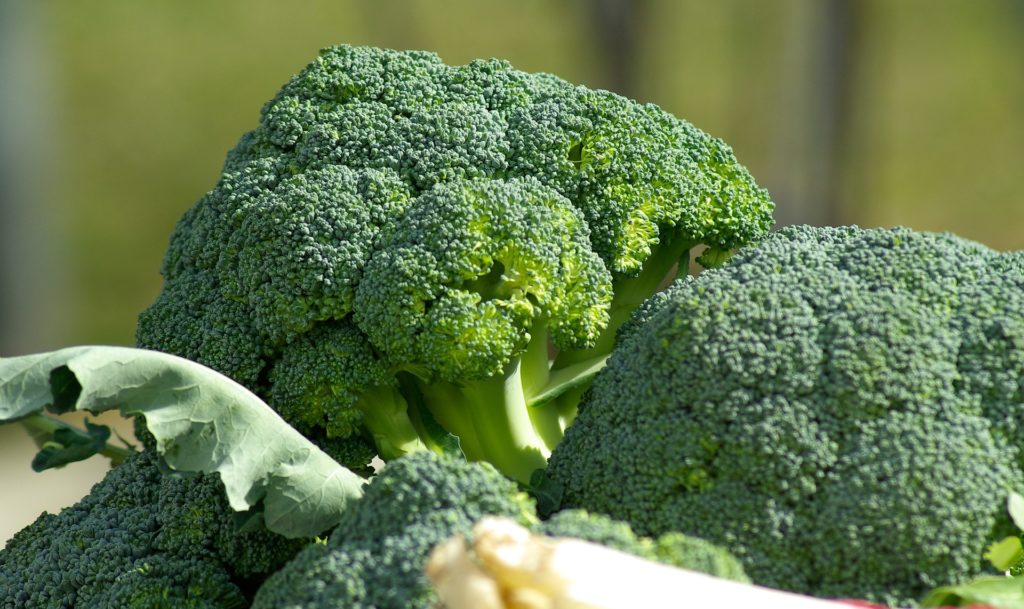
Starting transplants of broccoli in August can yield a strong fall harvest. This cool-weather crop thrives at temperatures between 60°F and 70°F, making late summer ideal for seedling growth. Plant broccoli seeds indoors a few weeks before the beginning of August or purchase transplants at your local nursery. Transplanting can occur in mid-August, giving them time to mature before the first hard frost. Typically, broccoli takes 70-100 days from seed to harvest, so plan accordingly.
Carrots (Daucus carota subsp. sativus)
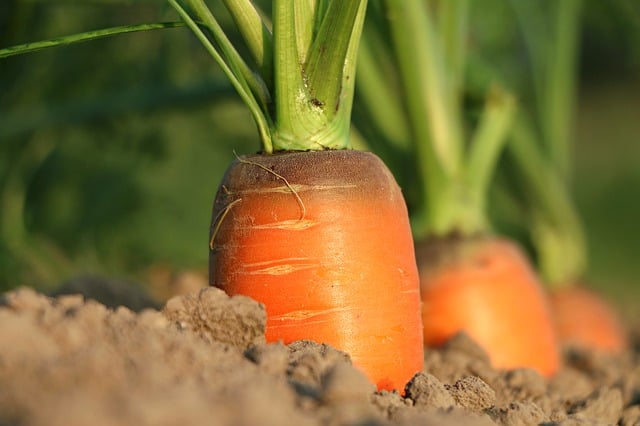
Carrots can be sown in late August for a late fall harvest, thriving in the cooler temperatures as the season changes. This root vegetable prefers temperatures of 55°F to 75°F. Plant seeds directly in the ground, ensuring they are spaced appropriately to avoid overcrowding. With a typical maturation time of 70-80 days, be mindful that the shorter days of autumn will slow their growth. Regular watering will ensure the roots develop properly.
Swiss Chard (Beta vulgaris subsp. cicla)
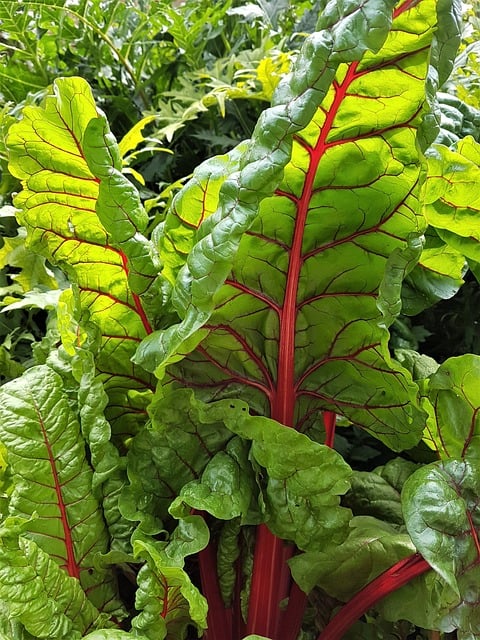
Swiss chard is perfect for late summer planting, as it grows well in the cooler temperatures leading into fall. It can withstand light frost and thrives in temperatures between 60°F and 75°F. Seeds can be sown directly in mid to late August, allowing for a quick turnaround; you’ll be able to start harvesting leaves in as little as 50 days. Swiss chard is not only versatile in the kitchen but also visually appealing, with its vibrant stems and lush greens.
Turnips (Brassica rapa)
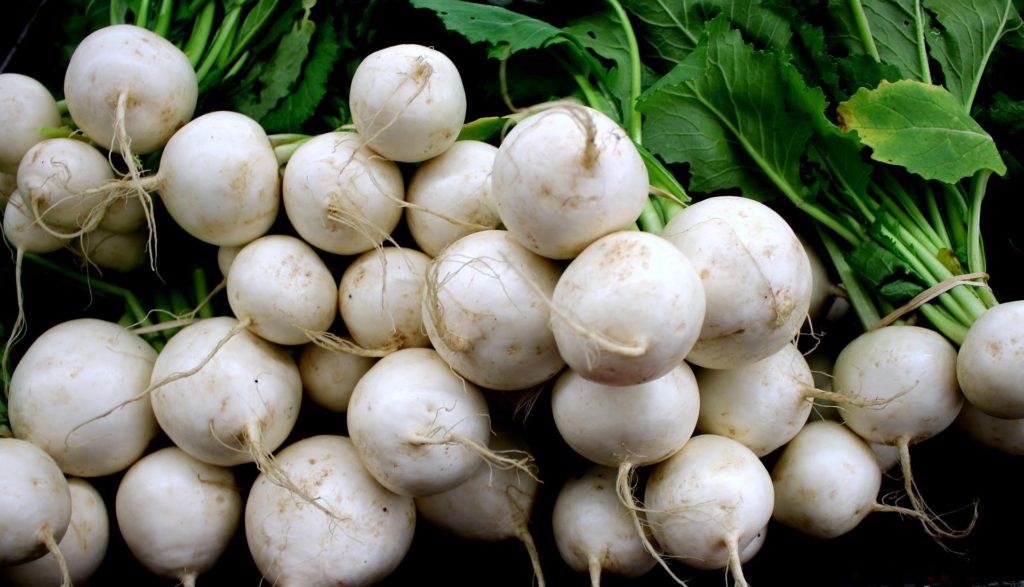
Turnips are an excellent root crop for late summer planting in Zone 8. These vegetables thrive in cooler weather, with optimal growing temperatures between 50°F and 70°F. Planting seeds in early to mid-August will yield a harvest in about 60 days. Turnips are rich in vitamins and can be harvested when they reach the size of a golf ball for optimal tenderness. Additionally, both the roots and the greens are edible, making it a versatile addition to your garden.
Herbs To Plant
Basil (Ocimum basilicum)
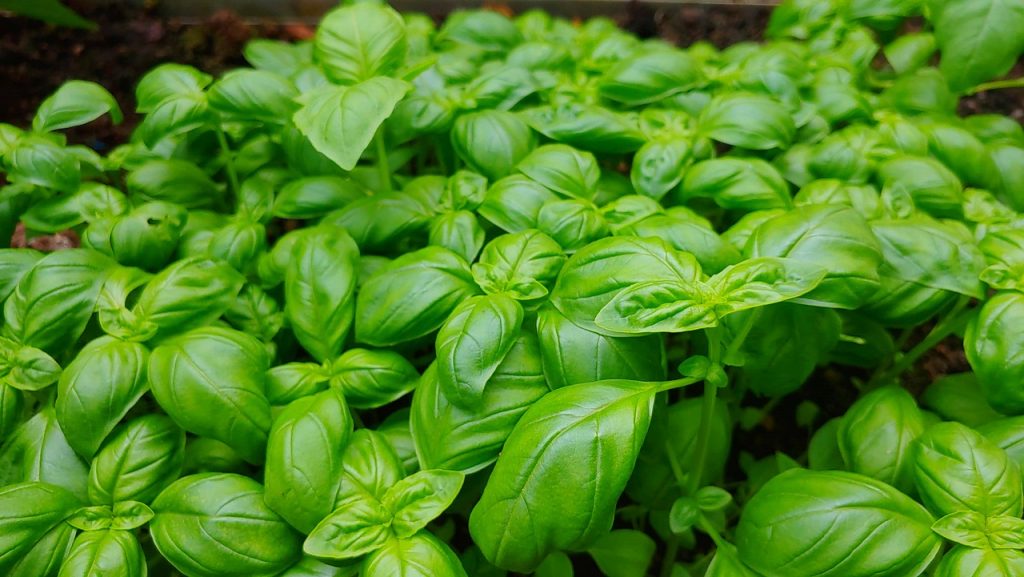
While summer is the prime growing season for basil, August remains a great time to sow fresh seeds or plant young basil seedlings. In Zone 8, you can successfully grow basil with temperatures ranging from 70°F to 90°F. The plants thrive under full sun, requiring at least six hours of sunlight each day. Fast-growing varieties, such as ‘Genovese’ and ‘Thai Basil’, can yield leaves ready for harvest in about 30-60 days, providing flavor to countless dishes throughout the growing season.
Chives (Allium schoenoprasum)
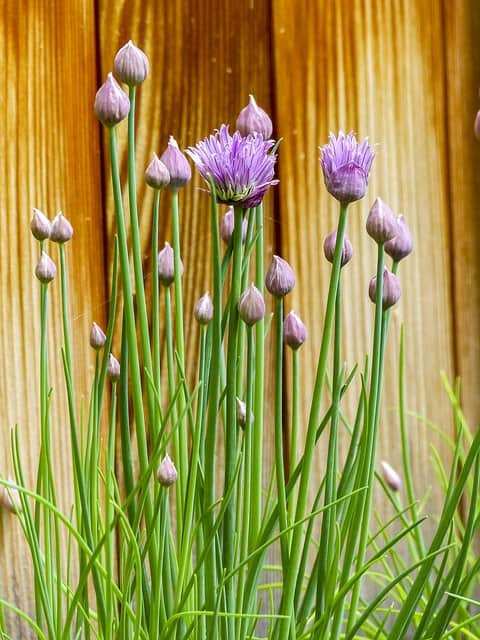
Chives are hardy perennials and can thrive even as the temperatures begin to cool down in late summer. They tolerate a range of temperatures and can be planted in August for a late-season harvest. These herbs prefer full sun and well-drained soil, flourishing when planted 6-12 inches apart. Chives typically grow quickly, allowing for snipping within 30 days after sowing. Their mild onion flavor makes them an ideal garnish for soups, salads, and omelets.
Cilantro (Coriandrum sativum)
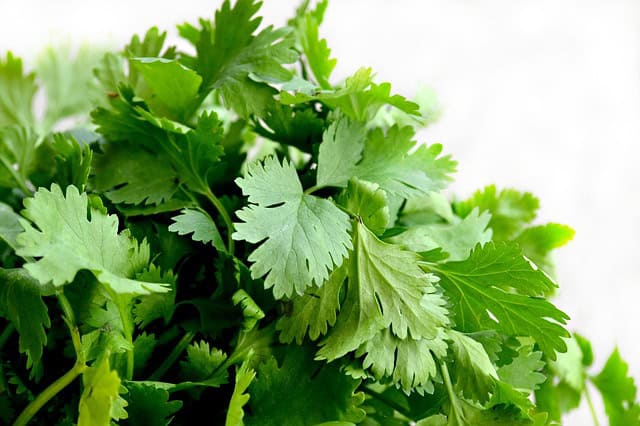
Cilantro is a popular herb that thrives in cooler temperatures, making August an ideal time for sowing. It prefers soil temperatures between 60°F to 70°F, and in Zone 8, you can sow seeds directly in the ground in mid-August as the weather begins to shift. Cilantro typically takes about 3-4 weeks to germinate and will be ready to harvest in just 30-45 days. Regular harvesting encourages new growth, and the leaves can add a fresh, citrusy flavor to a variety of dishes.
Dill (Anethum graveolens)
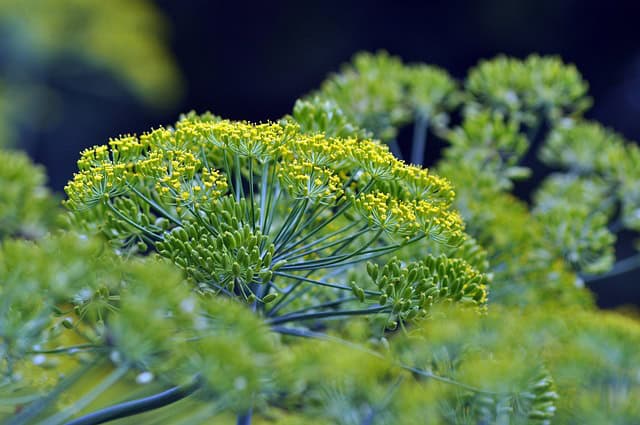
Dill is an aromatic herb that enjoys the warm days typical of Zone 8, along with the cooler nights that August brings. It can be sown directly into your garden in late August, with seeds germinating in about 14 days. Dill prefers temperatures between 60°F and 70°F for optimal growth. This herb is excellent for pickling and culinary uses, and you can begin harvesting leaves in just 40-60 days. Keep in mind that dill has a delicate flavor, making it best used fresh or lightly cooked.
Oregano (Origanum vulgare)
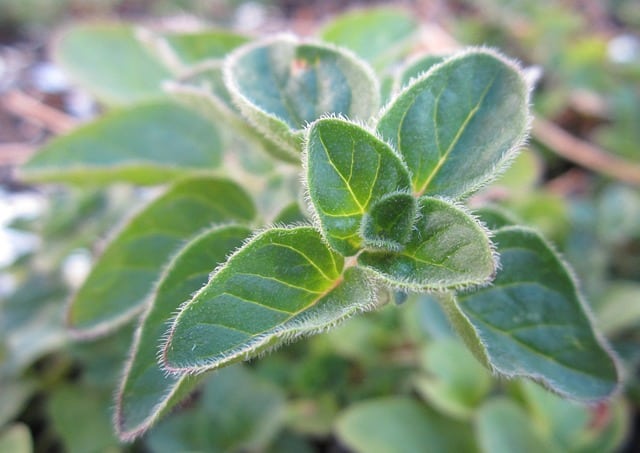
Oregano is a tough perennial herb that thrives in the warm summers of Zone 8. It can be planted in August, taking advantage of the remaining warm weather to establish roots before the cooler months arrive. This herb is drought-resistant and thrives in well-drained soil. It typically can be harvested in about 60 days, contributing a robust flavor to a variety of Mediterranean dishes. Ensure to plant it in a sunny location for best results.
Parsley (Petroselinum crispum)
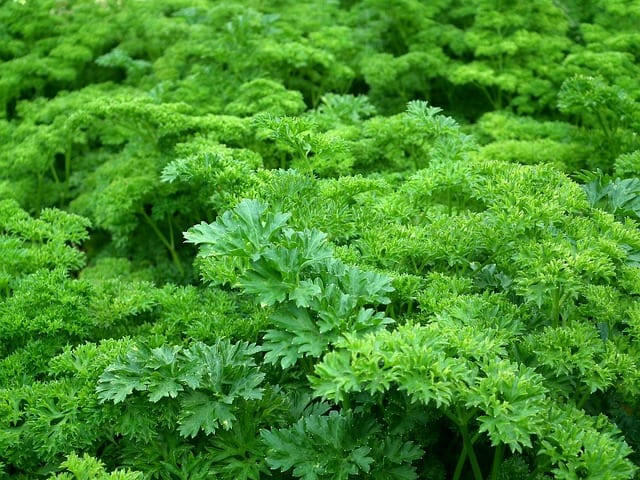
Parsley can be both a biennial or annual herb depending on the growing conditions. In Zone 8, you can plant it in August, with the seeds germinating in about 14-30 days. This herb prefers cooler temperatures, generally thriving best between 60°F and 70°F. By starting parsley in late August, you can enjoy multiple harvests throughout the fall. Plus, it’s rich in vitamins and can be used for garnishing or flavoring.
Sage (Salvia officinalis)
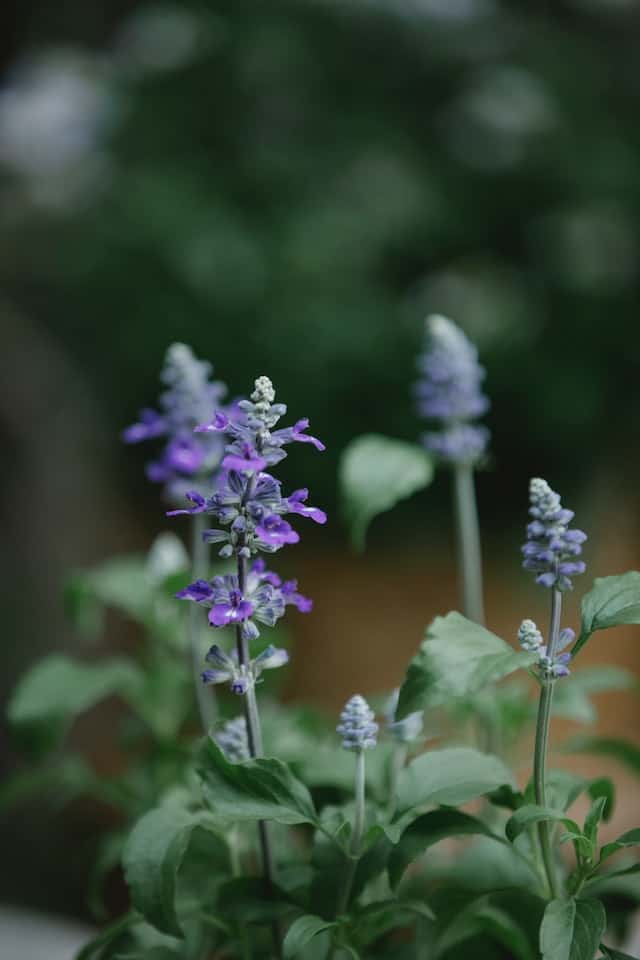
Sage is a perennial herb that can be started in August for a strong growth spurt heading into fall. It thrives in warm temperatures but can also withstand light frost, allowing you to enjoy fresh leaves for months. Favoring well-drained soil, sage should be planted in full sunlight. You can expect to start harvesting mature leaves in about 60 days, making it perfect for seasoning meats and hearty dishes.
Thyme (Thymus vulgaris)
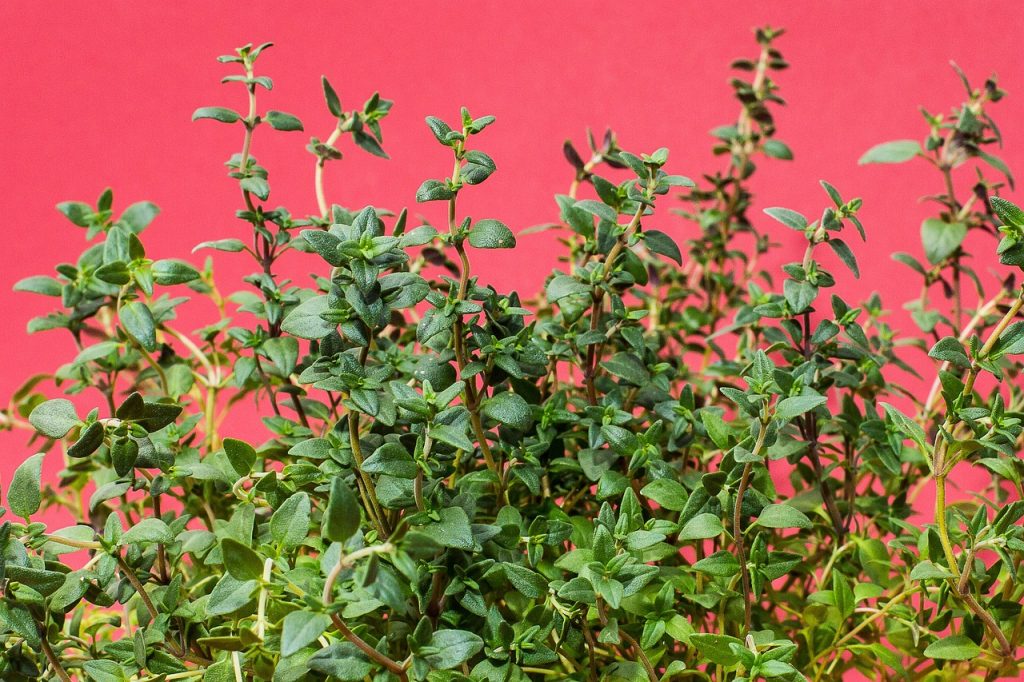
Thyme is a resilient perennial that does well in warm and dry conditions typical of Zone 8. Planting in August allows the plants to establish roots before cooler temperatures arrive. With minimal watering, thyme thrives in poor soils and prefers excellent drainage. Once established, it can be harvested within 50-60 days, and its aromatic leaves can enhance a variety of culinary creations.
Mint (Mentha spp.)
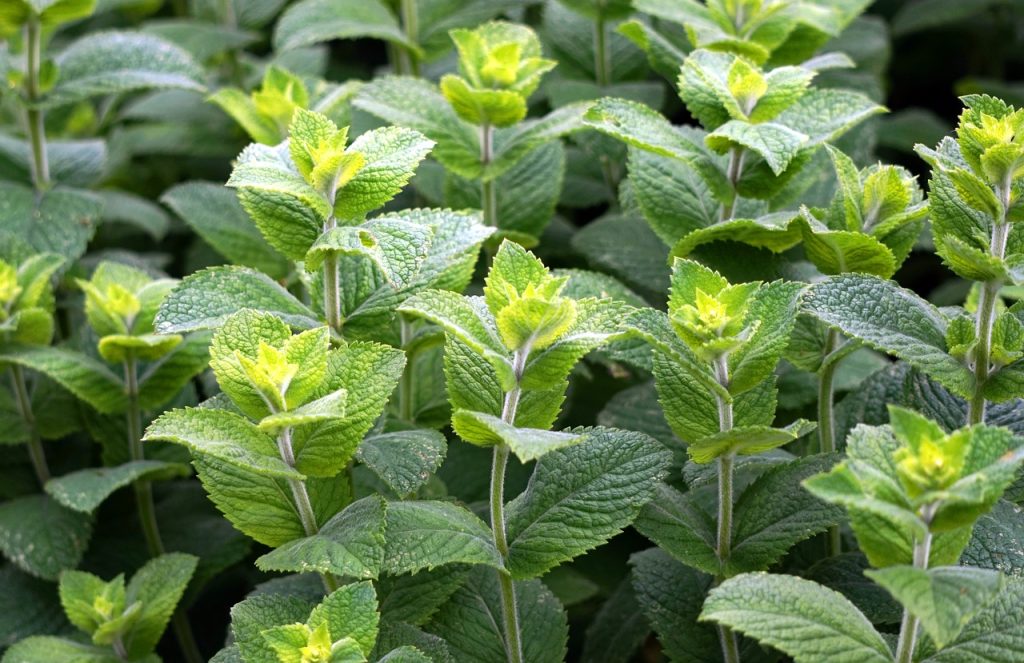
Mint can be planted in August in Zone 8 for a refreshing addition to your garden. This vigorous herb thrives in moist, well-drained soil with partial to full sun exposure. Plant mint in containers to control its spread, as it can quickly dominate garden spaces if not contained. Mint grows rapidly, and you will be able to start harvesting leaves in just 30-45 days. Use it in teas, desserts, or as a garnish to enhance flavor.
Cover Crops To Plant
Winter Rye (Secale cereale)
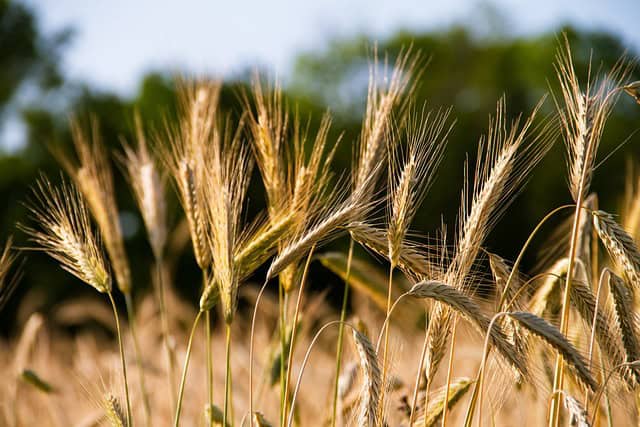
Winter rye is an excellent cover crop that can be planted in August in Zone 8. It is cold-hardy and grows well in late summer, with a high tolerance for low temperatures. Plant it before the middle of August to allow sufficient growth before winter. Winter rye can improve soil structure, prevent erosion, and suppress weeds. It grows quickly and can be tilled under in spring to improve soil nutrient content.
Crimson Clover (Trifolium incarnatum)
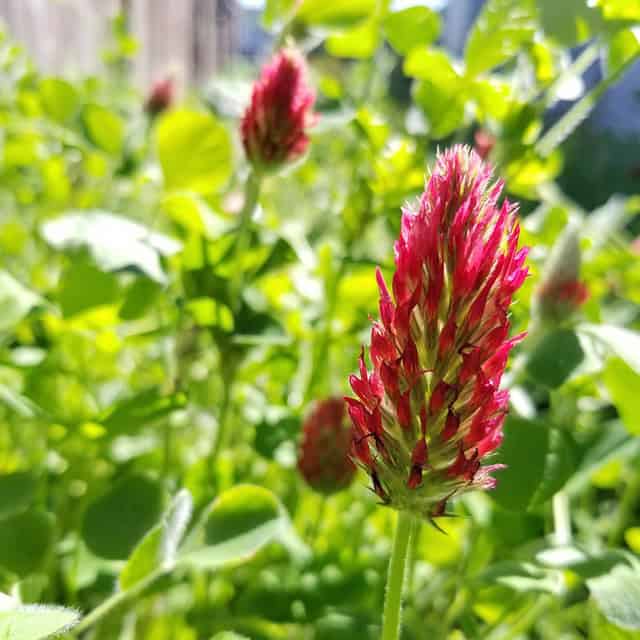
Crimson clover is a nitrogen-fixing cover crop that can be sown in late summer to early fall. In Zone 8, it can be planted any time until mid-August. This annual can thrive in cool temperatures and its bright flowers attract beneficial insects, improving biodiversity in your garden. It’s ideal for enriching the soil and can be turned into the garden before flowering, typically 60-70 days after planting.
Hairy Vetch (Vicia villosa)
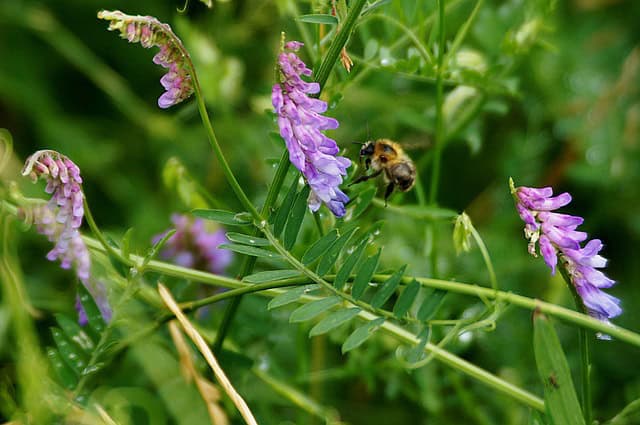
Hairy vetch is a winter-hardy legume cover crop that is perfect for planting in August. It grows quickly and can fix nitrogen in the soil, improving fertility. Ideal for Zone 8, it can be planted by mid-August. This cover crop can tolerate various soil conditions and provides excellent ground cover, preventing soil erosion over winter. In spring, it can be tilled into the soil to enhance organic matter and nutrient content.
Buckwheat (Fagopyrum esculentum)
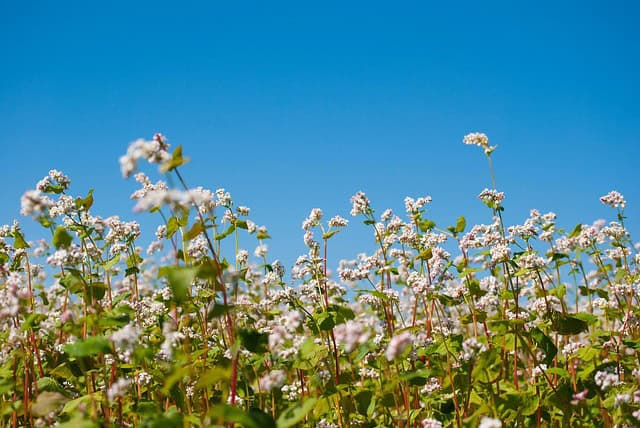
Buckwheat is a fast-growing summer cover crop that can be planted in early August in Zone 8. This short-season crop establishes quickly and provides excellent ground cover, helping to suppress weeds. It’s particularly effective when turned under before blooming, usually within 6-8 weeks of planting. Buckwheat can improve soil health by attracting beneficial insects and producing biomass that enhances soil structure.
Barley (Hordeum vulgare)
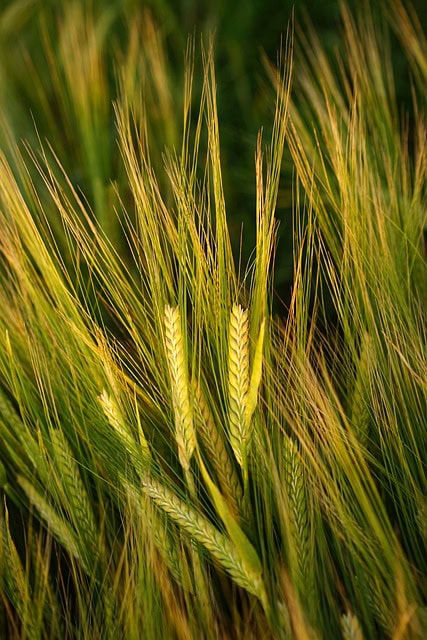
Barley is a cool-season crop that can be planted in August as a winter cover crop. It establishes quickly, and in Zone 8, you can plant it before mid-August to ensure sufficient growth before the cold sets in. Barley can protect soil from erosion and improve soil health through its extensive root system. It can also be used as fodder for livestock if desired.
Austrian Winter Peas (Pisum sativum subsp. arvense)
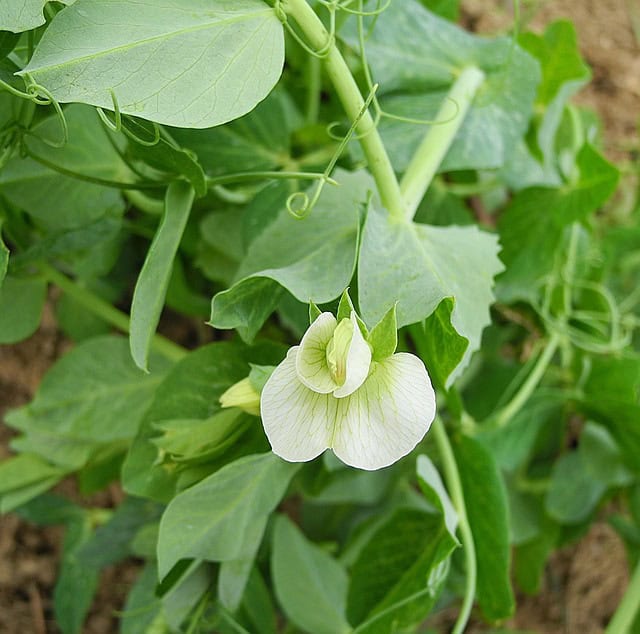
Austrian winter peas are an excellent option for a fall cover crop in Zone 8. Planting them in mid to late August allows for growth before the frost sets in. These legumes are fantastic for soil improvement due to their nitrogen-fixing ability and are resilient to cold temperatures. They also provide ground cover, enhancing soil structure and suppressing weeds, making them a beneficial addition to your garden.
Tillage Radish (Raphanus sativus subsp. sativus)
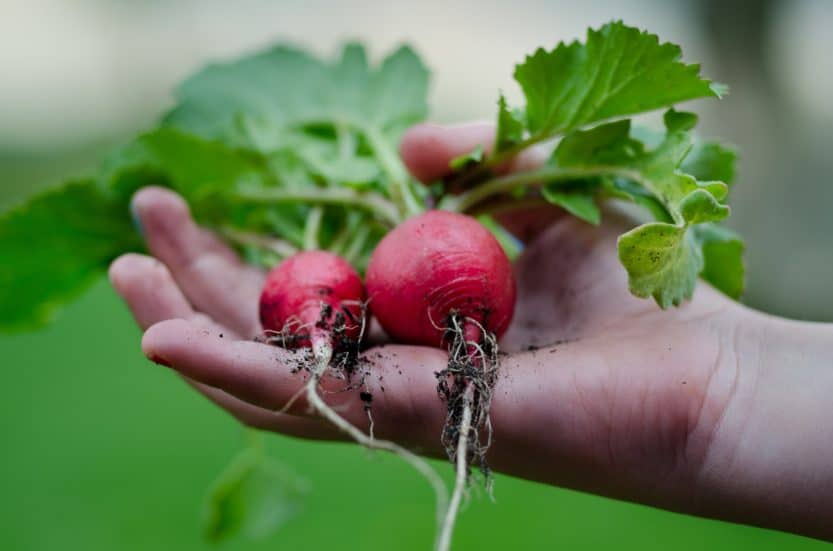
Tillage radish, also known as radish cover crop, can be planted in late August and early September. This cover crop’s rapid growth helps to suppress weeds and improve soil quality. Tillage radishes grow deep taproots that help break compacted soil layers, enhancing drainage and incorporating organic matter into the soil. In cooler temperatures, they can be left in the ground over winter and tilled in spring.
Winter Canola (Brassica napus)

Winter canola is a versatile cover crop that can be planted in Zone 8 as a winter annual. Plant it in mid-to-late August to establish it before the first frost. It can improve soil structure and nutrient content significantly and can outperform other cover crops in terms of growth and biomass. Introducing canola can also provide a habitat for pollinators, enhancing overall garden health.
Fava Beans (Vicia faba)
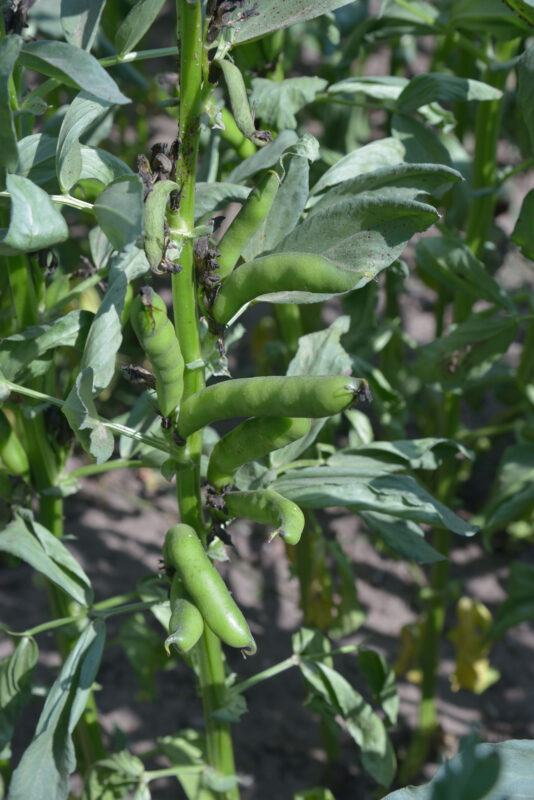
Fava beans make an excellent choice for a cover crop in late summer. Plant them in August for strong growth into the cooler months. These legumes can enhance soil nitrogen levels and improve the soil’s physical structure through their deep-root system. They are hardy and can withstand cold temperatures while producing biomass that can be tilled under for soil enrichment.
Mustard (Brassica spp.)
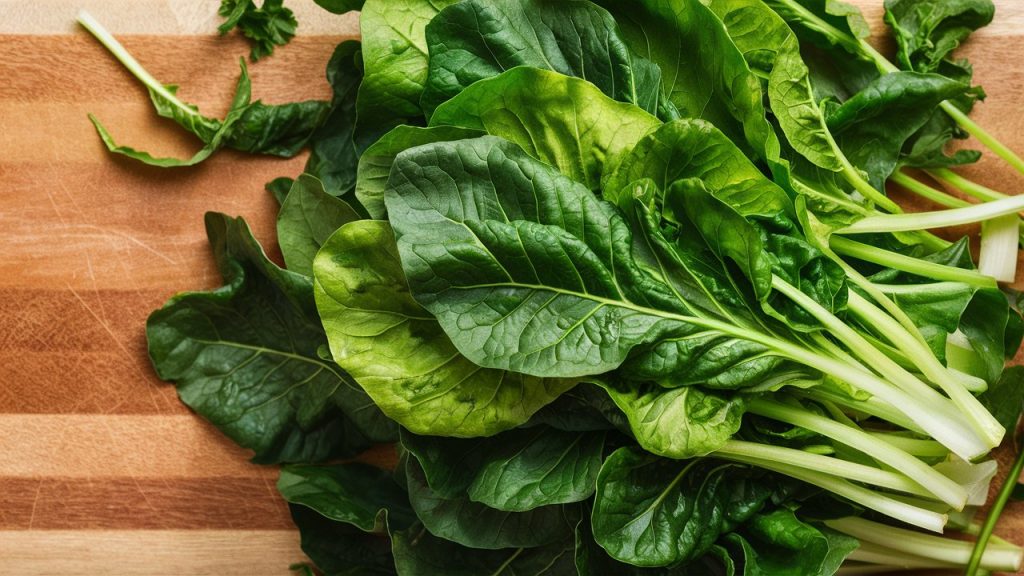
Mustard is a popular choice for cover cropping due to its rapid growth and ability to suppress weeds. Plant mustard seeds in late August for a fall crop in Zone 8. As temperatures begin to cool, mustard can thrive and will typically germinate within a week. This cover crop also has biofumigant properties, which can suppress soil-borne pests and diseases, thus improving your garden’s overall health.


